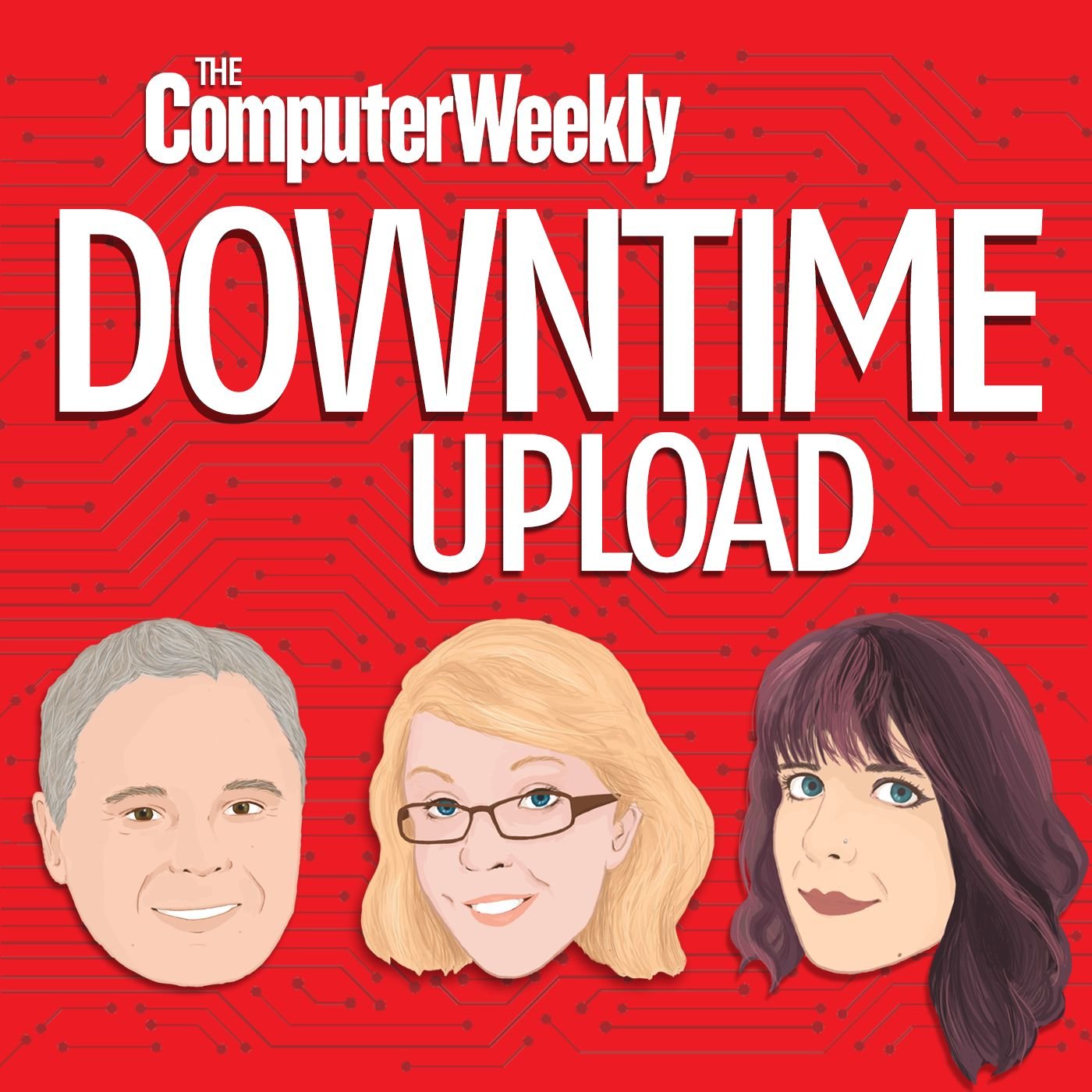
Getty Images
Making tech changes: A Computer Weekly Downtime Upload podcast

We speak to the CIO of law firm, Kingsley Napley about effective change management to support successful digital transformation
As an IT leader, Ash Cooper, CIO at law firm Kingsley Napley, says the strategic direction of IT in the business is constantly evolving. The company moved offices during the pandemic, which required an injection of new technology and the removal of desk phones. He says: “We were really looking at how our people were working and how we needed to adapt the workplace to enable them to work efficiently.” A few years on and the strategy is now at a different phase. He says: “We're looking at our applications and thinking about how we can streamline them and a digital transformation.”
While many businesses are on a digital transformation journey, Cooper says: “Our transformation strategy is really focused around infrastructure and cloud-first.” He regards cloud computing as foundational technology. “We're looking at the cloud services that we want to be able to consume, the knock-on effect and impact of those cloud services and what this will mean for our data,” he adds.
In February 2024, Cooper was promoted to CIO at the FTSE 100 law firm, a board-level position. His career progression spans from a first job in tech providing Windows desktop support, through to IT operations and onto IT management. From very early on in his career in IT, Cooper says he made an effort to understand the role he played in ensuring that the business was able to deliver the service it needed. But making changes just for the sake of it, does not bode well with those whose working practices need to adapt due to the new measures and procedures being implemented. A successful IT strategy requires concrete change management.
In Cooper’s experience, IT leaders should aim to pinpoint the target audience. “Who are the influential people in the firm that are going to help you sell that change, and help it bed in,” he says. “I think you need to be able to really highlight what's in it for them. What are the things that they're going to be able to get out of that change? This helps them to be ambassadors for that change.”
What is interesting from the conversation with Cooper is how the pandemic changed people’s attitude to change. “Pre Covid, there were some challenging conversations with a few people who said ‘I love my desk phone and I don't. I don't want to give that up’. The adoption curve took quite a few different twists and turns in terms of getting people to use the technology, but we were able to roll out soft phones.”
Cooper’s approach to making changes is to ensure that people who work at Kingsley Napley - the end users of whatever new IT systems are deployed - appreciate how the technology-based change benefits them personally. He says: “We don't just want to implement technology and bring about change for the sake of change. We want the change to have a positive impact on the way people do their jobs on a day-to-day basis, like efficiency gains and cost [savings].” He says it is therefore important to make sure the technology changes that are deployed are measured and monitored.


